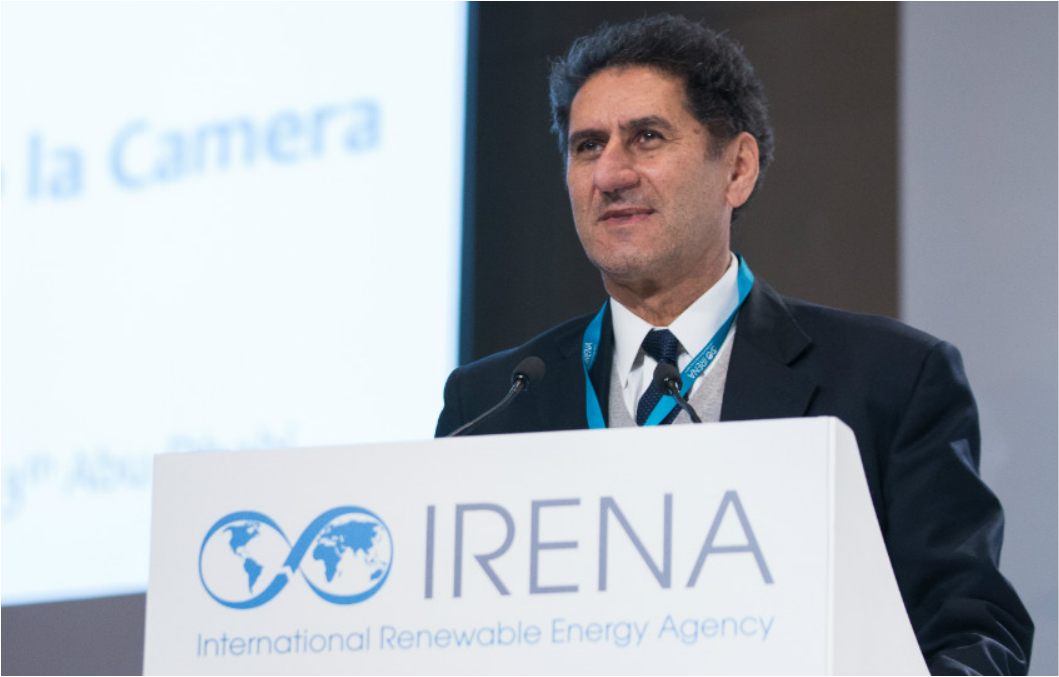
India's focus on decarbonizing its steel sector and developing offshore wind power will help it achieve carbon neutrality by 2070, according to the International Renewable Energy Agency's director-general. India is "very serious" about meeting the challenges, according to IRENA's Francesco La Camera, who spoke at the Reuters Global Markets Forum late Monday. India is also interested in developing offshore wind power.
India was also "on track" to meet its 2030 goal of producing 50% of its energy from non-fossil fuels, according to La Camera.
Prime Minister Narendra Modi has increased India's non-fossil energy capacity target to 500 gigawatts (GW) by 2030, up from just over 151 GW currently. India has over 40 GW of onshore wind capacity and around 60 GW of grid-connected or centralized solar power capacity.
According to Vaibhav Chaturvedi, a fellow at the Council on Energy, Environment, and Water (CEEW), India is already exploring pilot projects in offshore wind power but won't enter the market until after 2030 because the technology is still expensive.
According to La Camera, the government expects green hydrogen, which is made from water and clean electricity to power industries such as steel that have a hard time reducing CO2 emissions.
To meet its climate goals and become a global production and export hub for green hydrogen, India plans to produce five million tonnes per year by 2030.
He also stressed the importance of establishing "standards and certification" as India prepares to export green hydrogen, with conglomerates Reliance Industries and Adani Enterprises, as well as state-owned energy companies NTPC Ltd. and Indian Oil Corp., laying out manufacturing plans.
What is Carbon Neutrality?
The balance between emitting carbon and absorbing carbon emissions from carbon sinks is referred to as carbon-neutral (or carbon neutrality). Alternatively, all carbon emissions could be eliminated entirely. Carbon sinks are defined as any system that absorbs more carbon than it emits, such as forests, soils, and oceans.
Companies, processes, and products become carbon neutral when their carbon emissions are calculated and compensated for through carbon offsetting projects. Offsetting carbon emissions, in addition to avoiding and reducing them, is an important step toward comprehensive climate action.
















